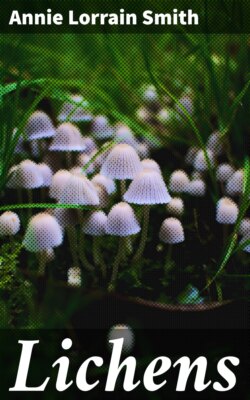Читать книгу Lichens - Annie Lorrain Smith - Страница 11
На сайте Литреса книга снята с продажи.
C. Period II. 1694-1729
ОглавлениеTable of Contents
The second Period is ushered in with the publication of a French work, Les Élémens de Botanique by Tournefort[50], who was one of the greatest botanists of the time. His object was—“to facilitate the knowledge of plants and to disentangle a science which had been neglected because it was found to be full of confusion and obscurity.” Up to this date all plants were classified or listed as individual species. It was Tournefort who first arranged them in groups which he designated “genera” and he gave a careful diagnosis of each genus.
Les Élémens was successful enough to warrant the publication a few years later of a larger Latin edition entitled Institutiones[51] and thus fitted for a wider circulation. Under the genus Lichen, he included plants “lacking flowers but with a true cup-shaped shallow fruit, with very minute pollen or seed which appeared to be subrotund under the microscope.” Not only the description but the figures prove that he was dealing with ascospores and not merely soredia, though under Lichen along with true members of the “genus” he has placed a Marchantia, the moss Splachnum and a fern. A few lichens were placed by him in another genus Coralloides.
Tournefort’s system was of great service in promoting the study of Botany: his method of classification was at once adopted by the German writer Rupp[52] who published a Flora of plants from Jena. Among these plants are included twenty-five species of lichens, several of which he considered new discoveries, no fewer than five being some form of Lichen gelatinosus (Collema). Buxbaum[53], in his enumeration of plants from Halle, finds place for forty-nine lichen species, with, in addition, eleven species of Coralloides; and Vaillant[54] in listing the plants that grew in the neighbourhood of Paris gives thirty-three species for the genus Lichen of which a large number are figured, among them species of Ramalina, Parmelia, Cladonia, etc.
In England, however, Dillenius[55], who at this time brought out a third edition of Ray’s Synopsis and some years later his own Historia Muscorum, still described most of his lichens as “Lichenoides” or “Coralloides”; and no other work of note was published in our country until after the Linnaean system of classification and of nomenclature was introduced.
